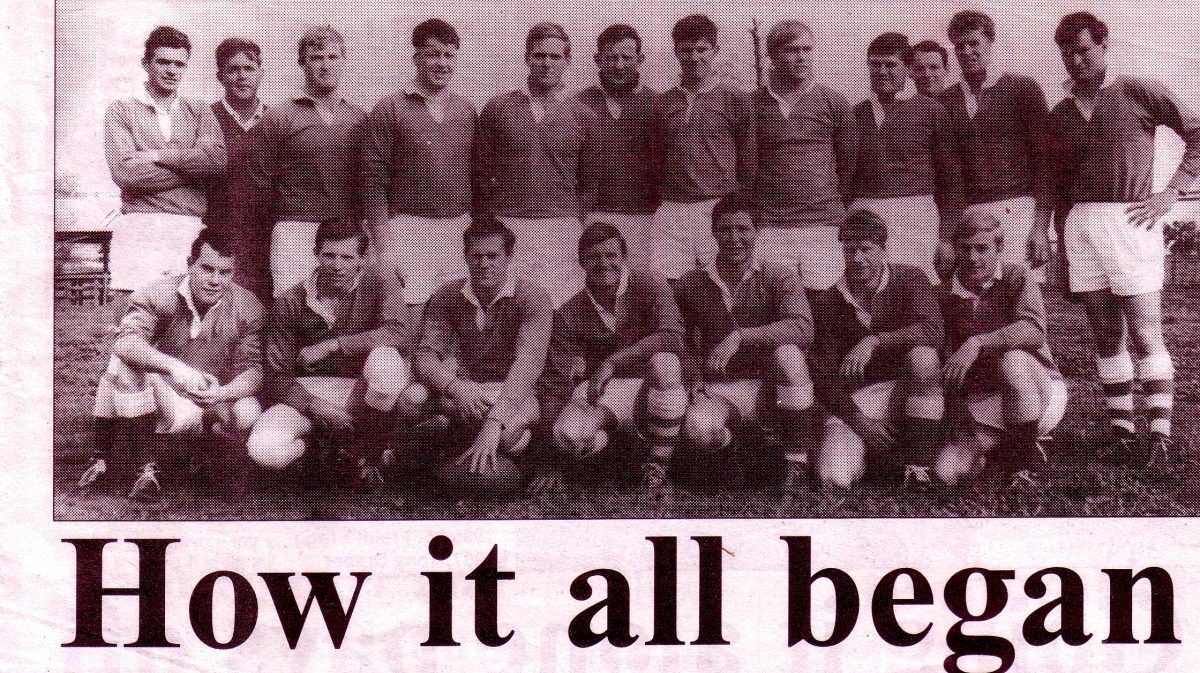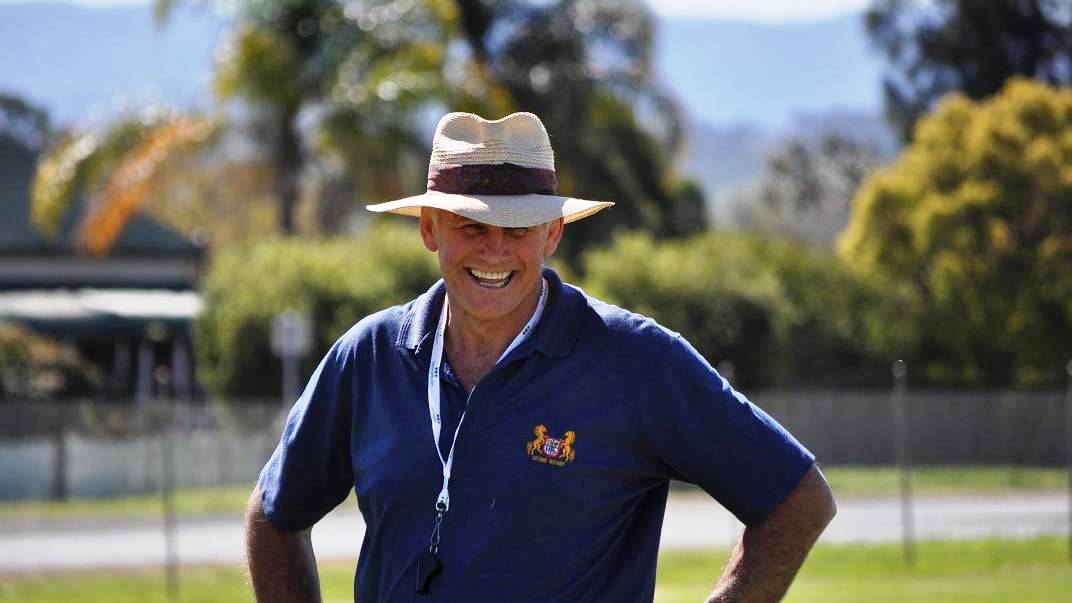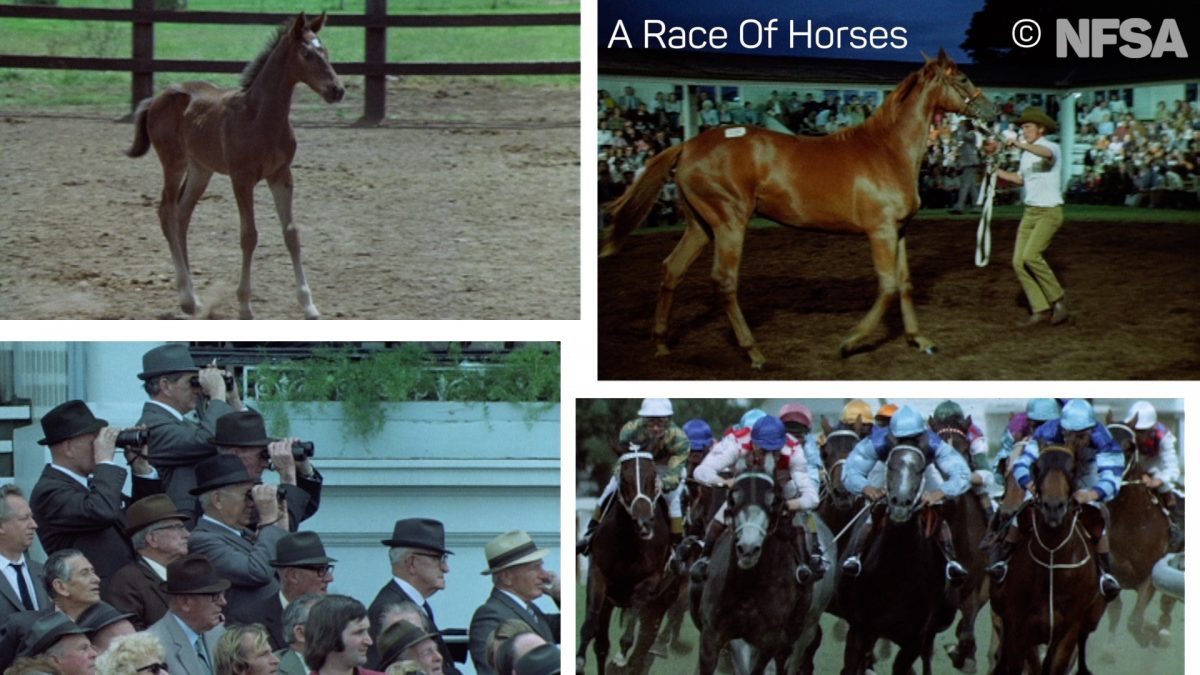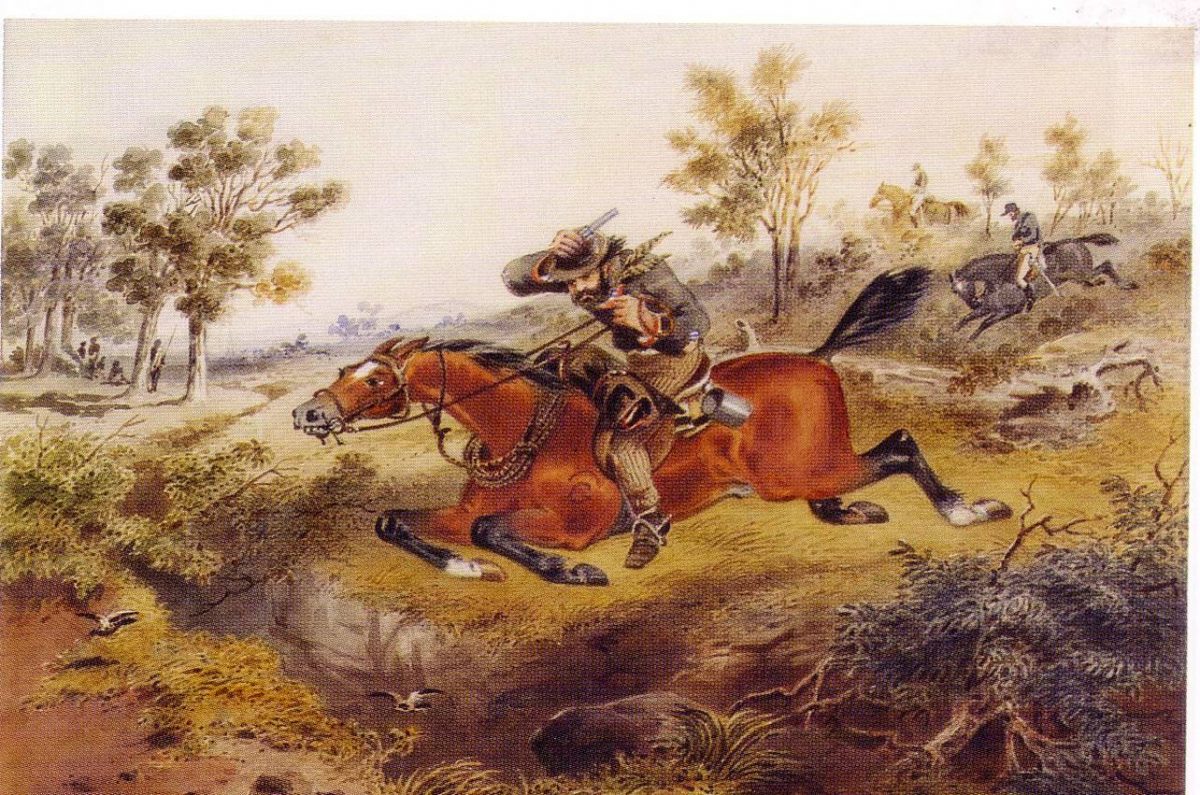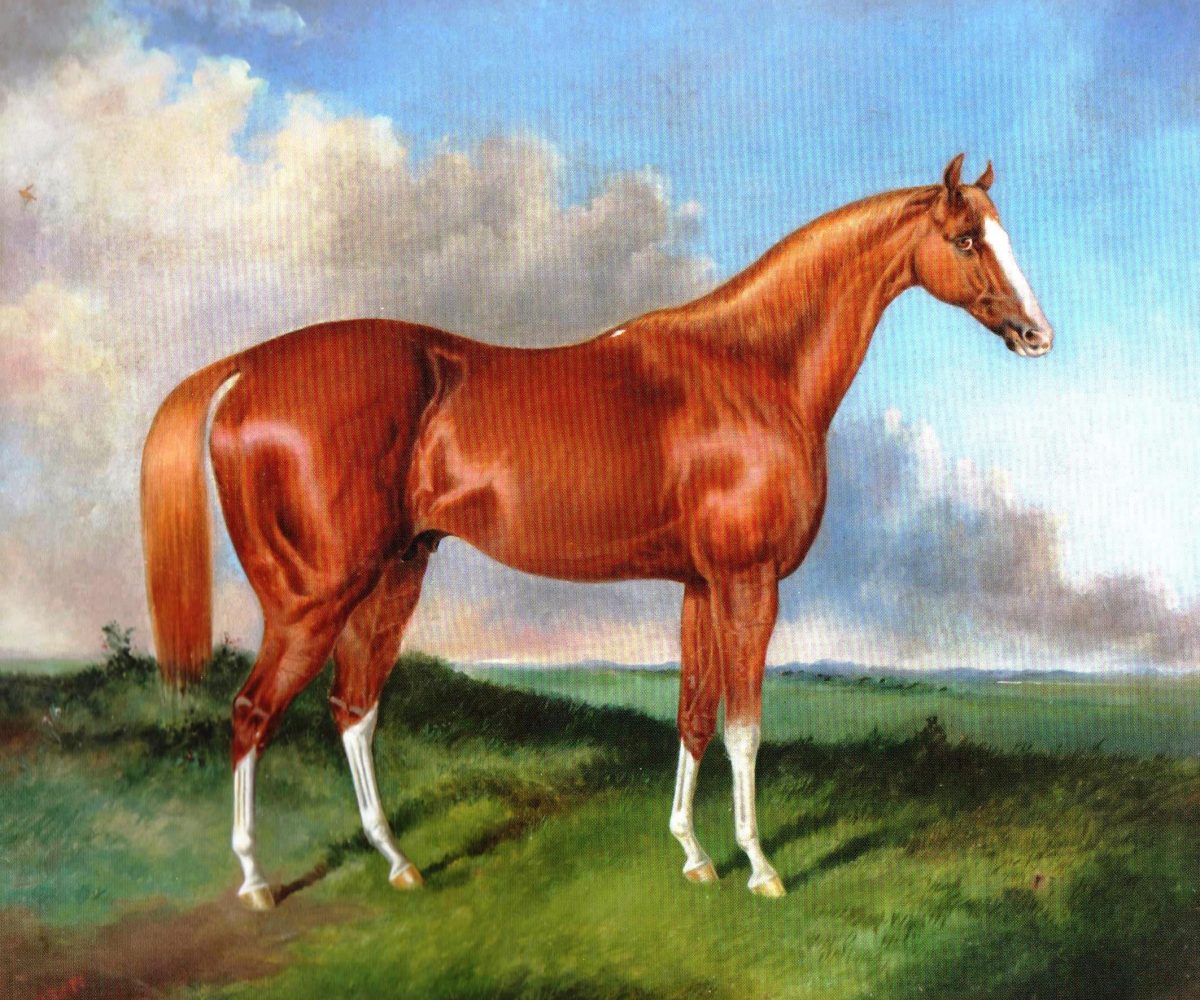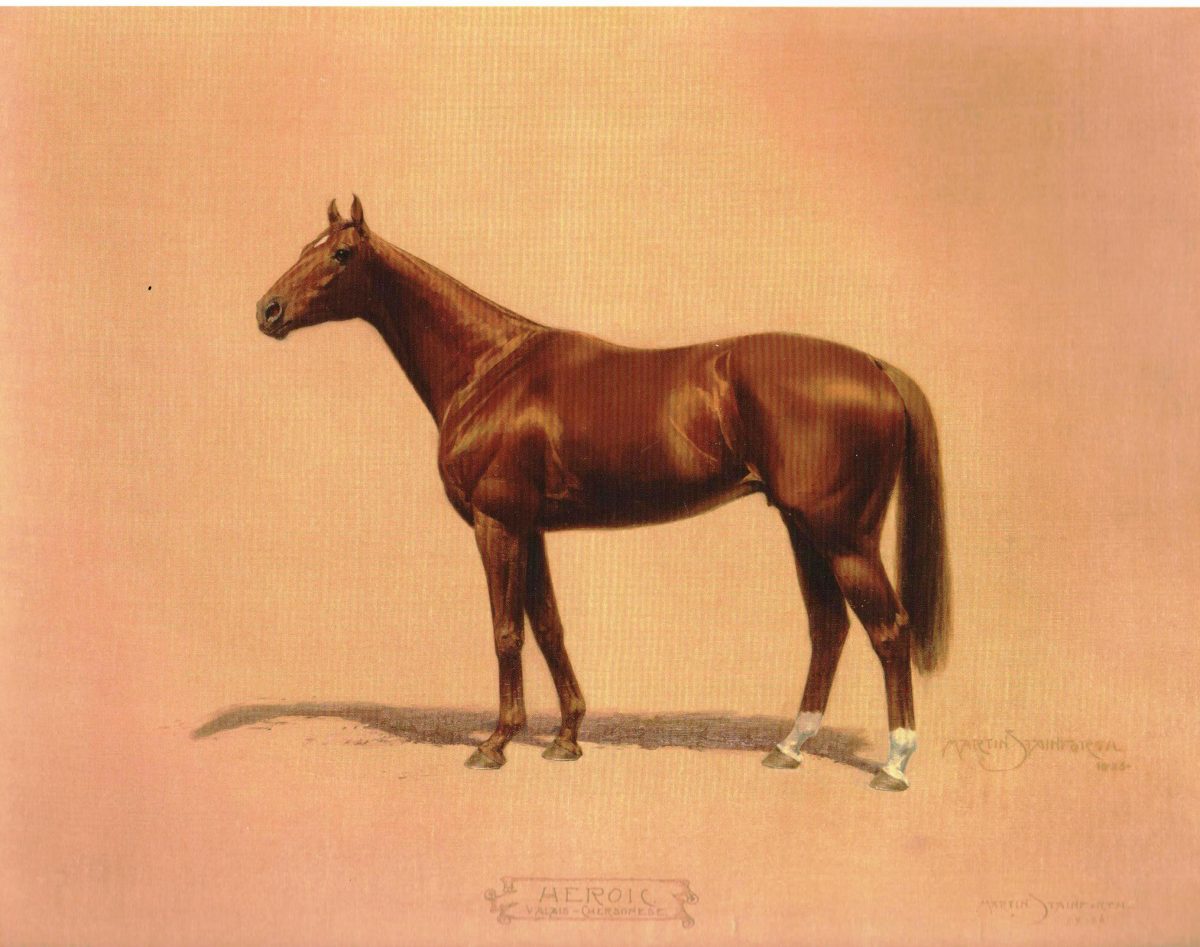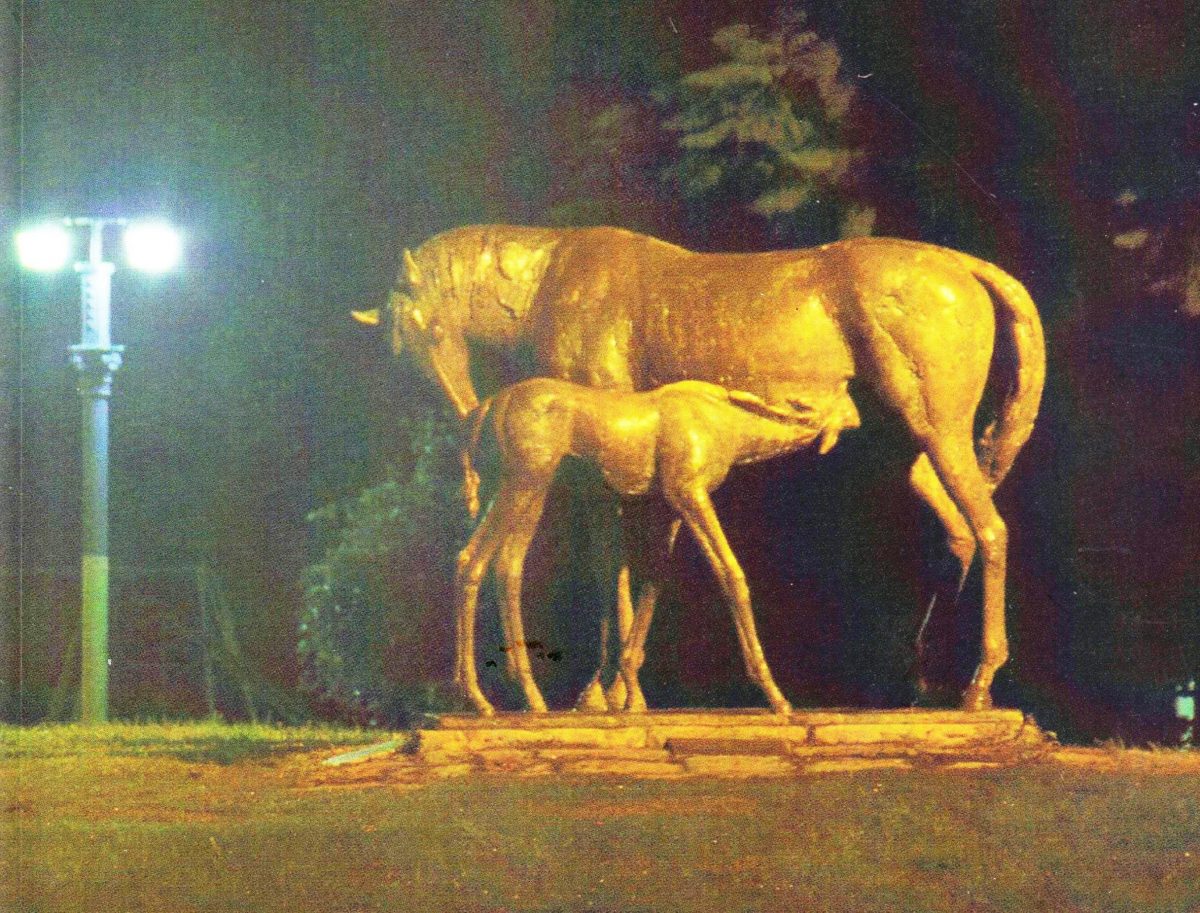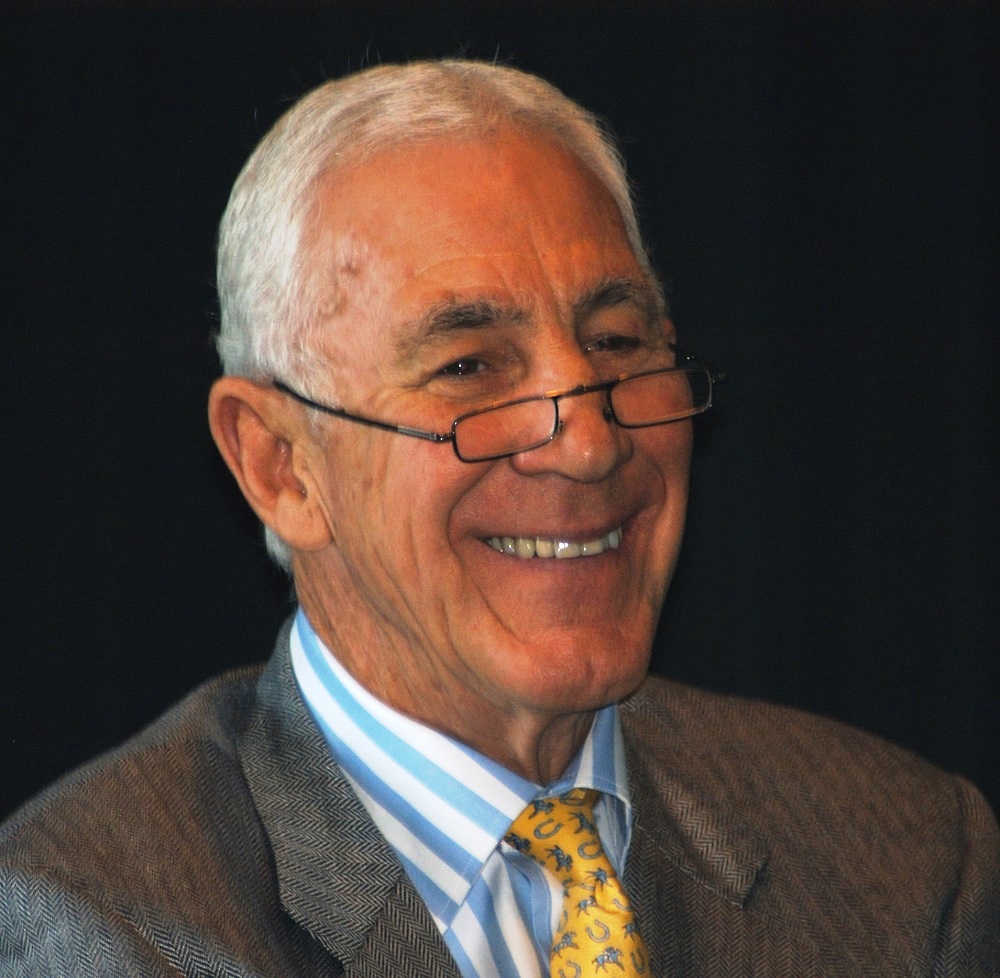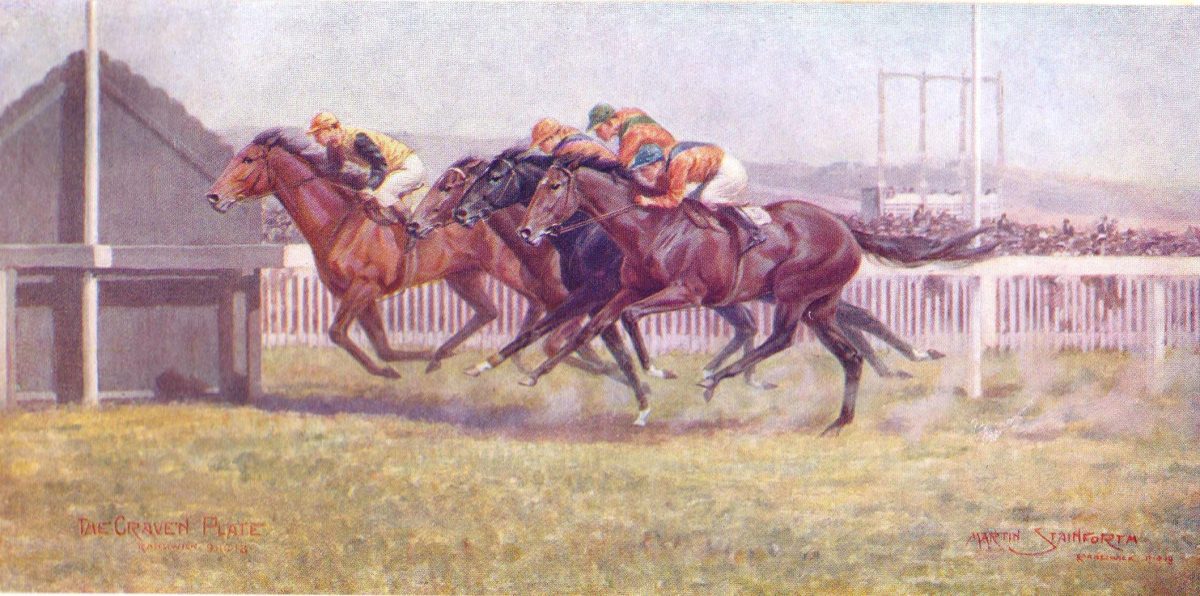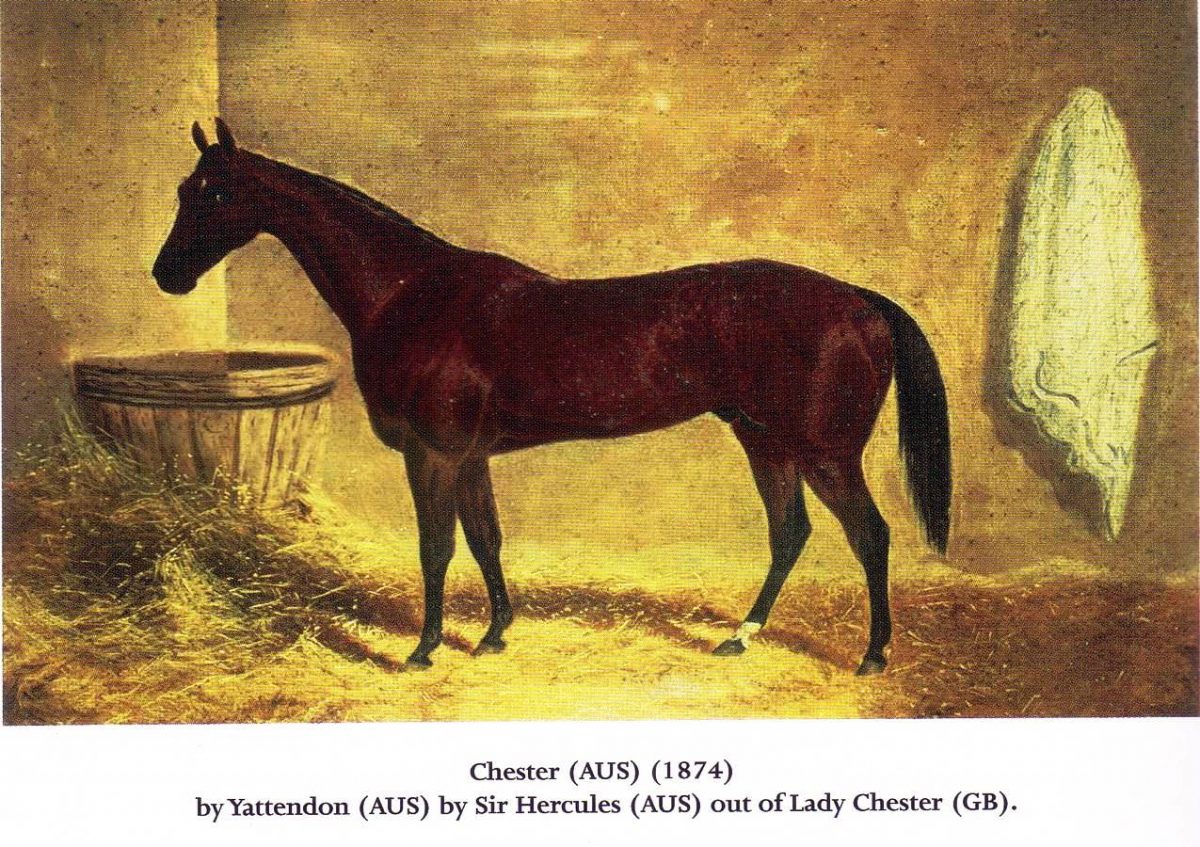A Race of Horses (1974)
This film is now published on Film Australia YouTube channel in HD
You can see it here: https://www.youtube.com/watch?v=OT8dLZWdOjI
Richard Carter
Production Coordinator |
| Access and Commercial – Collection Reference |
The reason we (NFSA) have a 4k scan of this is that when Dean Semler was shooting the 2010 Disney film, Secretariat, he wanted to use some shots from the foaling scene in that film. The production company spent a great deal of money, on the then very new scan technology, and other technical aspects but in the end decided he could not get it to match the look of his new film. We however were the beneficiaries of his efforts.
I have just spoken with my very good friend ex-Wallaby and TV Star Ollie Hall in Kelly Street, Scone. Ollie told me Dean Semler is a great bloke. He worked with him on ‘Fields of Fire’ and ‘Mad Max’.
This YouTube was scheduled for release on Melbourne Cup Day 2017. This clashed with my annual colonoscopy cartel. Let’s juts say I was distracted? I’m only two days late: it’s VRC Oaks Day at Flemington today (Thursday 9th November 2017). ‘One for the ladies’.
Produced by Film Australia. © National Film and Sound Archive of Australia.
The Logo of Film Australia should have appeared here but my ‘blog’ won’t allow it. I will make sure it appears on the front page of my website under videos; when my website manager attends to it in the near future.
I wish to gratefully acknowledge the able assistance and support of the National Film and Sound Archive of Australia for their charitable permission to link this Film to my website. We are extremely fortunate in Australia that such an excellent record is both extant and readily available. After 44 years I was able to find and track this item with the very capable service of Harry Ree, Manager, Distribution and Sales, Access and Commercial. I was genuinely afraid the special historical vignette had been lost. I also acknowledge Sean Bridgeman and Joanne Timbs.
For further information on this and other Film Australia and NFSA films, please email sales@nfsa.gov.au
Commentary
The film has excellent background audio but no official spoken commentary. I offer the following written narrative from the vestiges of my memory. I sincerely hope and trust this will both augment and enhance your knowledge and understanding of the content in the movie. I stress these are my recollections to the very best of my knowledge. Any errors are mine. I will deal with the contextual segments or ‘sets’ in chronological order as each arises during the filming. The original intention (Director Kit Denton) was to promote the sales of Australian thoroughbred horses into the burgeoning Asian Market. This was both prescient and pre-emptive. It has happened; although possibly delayed by approximately one generation since the making of the film?
Set 1: Wm Inglis & Sons Yearling Sale Complex, Newmarket, Young Street, Randwick NSW
The film captures the drama and excitement of the Sydney Easter Yearling Sales held at the historic stable complex at Newmarket Sale Ring, Randwick. Genuine industry legend John Inglis is the auctioneer with the gavel. On his right is Ossie Roberts who later became a Director of the Sydney Turf Club. There is a brief glimpse of ‘spotter’ Bill Inglis who was John’s eldest son. John Kelly of Newhaven Park, Boorowa is in the vendor’s box. A youthful Trevor Lobb is assisting the auctioneer. The colt made $12,000:00
Set 2: Invitation Race at an Adelaide Racetrack
The movie is built around a major Invitation Race at a metropolitan race track in Adelaide 1973 or 1974. It is probably Victoria Park but may be Morphettville; much less likely Cheltenham. Featured in the jockey’s room and clearly identifiable is hall-of-fame jockey John Letts who won two Melbourne Cups (Piping Lane 1972, trained by George Hanlon; Beldale Ball 1980, trained by Colin Hayes). One rider appears to be pulling on pantyhose? Several fill their lightweight riding boots with baby powder to prevent pressure sores. There are brief glimpses of other jockeys at the start. The bookmakers ring, punters and crowded onlookers are scanned at regular intervals. The start and official race starter are highlighted. There are frequent ‘flashbacks’ to the race throughout the film. The race caller gives an excellent resume of progress throughout the race with jockeys occasionally appearing to ‘change their minds’? The finale to the movie is an apposite race to the finish by the head-on camera. This would have been ground-breaking in the early 1970s.
Set3: Segenhoe Valley, Scone, NSW
There is an excellent sweeping aerial panoramic view of the Segenhoe Valley, near Scone. Included is Kia Ora Stud Farm (see below). The Segenhoe Valley is one of the major thoroughbred breeding areas on a global scale.
Set 4: Kia Ora Stud, Scone, NSW
The action is filmed showing the rounding up of mares and foals for routine veterinary surveillance and investigation in the yards at Kia Ora Stud Farm. The horsemen shown include Jimmy Gibson (Manager), Robert ‘Blue’ Brotherton, Don Bailey and George Bowman. The author is the veterinarian seen passing a stomach tube and pregnancy testing a mare. Stallions then at Kia Ora Stud included Golden Slipper winner ‘Baguette’ and the great Goondiwindi Grey ‘Gunsynd’.
Champion stallions which previously stood at Kia Ora included ‘Magpie’ (1928, 1931), ‘Midstream’ (1948, 1951, 1952) and ‘Delville Wood’ (1953 – 1957 inclusive)
Set 5: Foaling Supervision at Lyndsay Park, Angaston, Barossa Valley, South Australia
Dick Thornberry is the eminent equine veterinarian supervising the delivery of a live foal in a box at Lyndsay Park Stud, Angaston, Barossa Valley SA. It may be legendary stud administrator Harry Line looking over the box door?
Set 6: Mares and Foals and Yearlings at Lyndsay Park, Angaston, Barossa Valley SA
There are some excellent images of mares and foals in the lush paddocks at Lyndsay Park. The yearlings are shown with the capability to demonstrate their full complement of athletic prowess in the safe and spacious paddocks at Lyndsay Park.
Set 7: Early Education (‘Breaking In’)
This shows the skill and risk required for the early education of spirited and feisty young thoroughbreds. The round yard and sand roll depicted are excellent facilities for this purpose. One onlooker sporting a big hat appears to be bored by the whole operation yawning widely!
Set 8: Training at Lyndsay Park
Master trainer Colin Hayes established a magnificent training complex at Lyndsay Park. It featured up-hill finishes to most gallops to achieve optimum fitness. These features are very well demonstrated.
Set 9: Beach Training and Swimming (Possibly Glenelg Beach, Adelaide OR Botany, Sydney)
Racehorses are shown swimming and exercising in the surf attended by strappers in rowing boats and also led by hand. A specially designed swimming pool for horses is well demonstrated.
Set 10: Stallion at Lyndsay Park
Hall of Fame Owner/Trainer Colin Hayes comments favourably from the open gate to the sand roll on the prowess and powerful presence of sire ‘Romantic’: “126 runners for 116 winners”. World breaking sire of 2 year olds Without Fear (Fr.) was also resident at Lyndsay Park at this time.
Set 11: Training at Royal Randwick
Trainer Pat Murray is shown on his lead pony. Pat trained champion ’Tails’ for the Hon C E Barnes. There are frequent glimpses of Ernie Smith supervising the Tulloch Lodge Team for his celebrated brother T J ‘Tommy’ Smith. ‘Clarence the Clocker’ is shown timing the gallops. The movie captures the early morning crowded drama of the fast work outs. There is a brief glimpse of doyen of senior jockeys Jack Thompson.
Set 12: Credits
Dean Semler (Camera) won an Academy Award for Best Cinematography 1991, ‘Dances with Wolves’; American Society of Cinematography Award 1991, ‘Dances with Wolves’; Kodak Award for Cinematography 1975 ‘A Steam Train Passes’; Australian Film Institute Award for Best Cinematography for a Non-Feature Film 1979, 1972 ‘The Russians’; American Society of Cinematography Life Award 2013; AACTA Award for Best Cinematography 1981, 1984, ‘Dead Calm, ‘Razorback’.
Director Kit Denton achieved National fame and International acclaim as the author of ‘Breaker Morant’ which became a feature film. His writer, journalist and broadcaster son Andrew Denton has also attained high renown.










